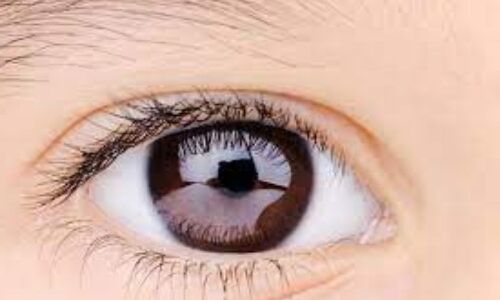
Esotropia is a form of ocular misalignment, in which the eye
is rotated nasally. It is classified according to the age at which infantile
esotropia typically occurred. Infantile esotropia usually occurs during the
first six months of age while acquired esotropia usually occurs later. Acquired
esotropia is furthermore classified into non-accommodative esotropia and
accommodative esotropia in which the deviation usually responds to either fully
or partially hyperopic spectacles or contact lenses.
If the deviation persists after total refractive error
correction, the strabismus surgery or botulinum toxin (BTX) injection to extraocular
muscles will be proposed. BTX is a toxin that is produced by Clostridium
Botulinum and causes temporal paralysis of the muscle by preventing the release
of acetylcholine from the nerve terminal.
To compare the efficacy of BTX dose increments to BMR in
treating children with Infantile esotropia and PAET, AlShamlan and Alghazal
conducted a retrospective study that included pediatric patients ≤16 years old
with infantile esotropia and PAET at Dhahran Eye Specialist Hospital (DESH)
from 2014 till 2021 treated with increment dose of BTX or BMR. A successful
outcome was defined as ocular alignment within 10 PD of deviation after 1–3 BTX
injections or one surgery with a minimum follow-up of 6 months.
Of 177 patients, 101 patients received BTX treatment for
either infantile esotropia (n = 37) or PAET (n = 64) and 76 patients underwent
BMR for either infantile ET (n = 25) or PAET (n = 51).
BTX showed a higher success rate than BMR {65.3% vs 55.3% (p
= 0.174)}.
In patients with infantile esotropia, the success rate was
comparable between BTX group and BMR group {40.5% vs 52% (p = 0.440)}.
However, the success rate was statistically significantly
higher in BTX group in compare to BMR group {79.7% vs 56.9% (p = 0.014)}.
Consecutive exotropia was 0% in BTX group and 9.2% in BMR
group (p = 0.002).
The successful outcome in study was higher in patients who
underwent increment doses of BTX after the first injection 47.5% (p < 0.001)
representing 72.7% of all patients with successful outcomes in the BTX group.
Furthermore, a statistical significance was found in
patients who received the first injection with the highest success rate in
patients who received 2.5 IU (83.3%) and the least successful rate in patients
who received 10 IU (17.5%). This could be explained by the small angle at
presentation that required small dose of BTX and the fact that any patient
beyond 40 PD was given the same dose of 10 IU that would be given to a patient
with deviation ranging from (30–40 PD).
Those patients who did not achieve successful outcomes after
the first injection had a higher success rate after receiving multiple
injections with a cumulative success rate of 62.4% and 65.3% after second and
third injections, respectively, using the same methodology of increment doses
(55.6% and 60% of patients who underwent 2nd and 3rd injection have successful
outcomes respectively).
“In conclusion, the increment dose of BTX injection in
correlation to the angle of deviation is comparable to surgery especially in a
patient with infantile esotropia where they usually have a large angle of
deviation with BTX injection having the advantage of being shorter in duration,
lower costs, less exposure to general anesthesia and minimally invasive
intervention. The increment dose of BTX injection in PAET was found to be
superior to standard surgery with an incidence of 0% consecutive exotropia.”
Source: AlShamlan and Alghazal; Clinical Ophthalmology
2022:16
https://doi.org/10.2147/OPTH.S382499
